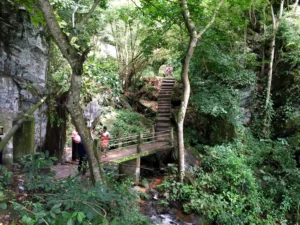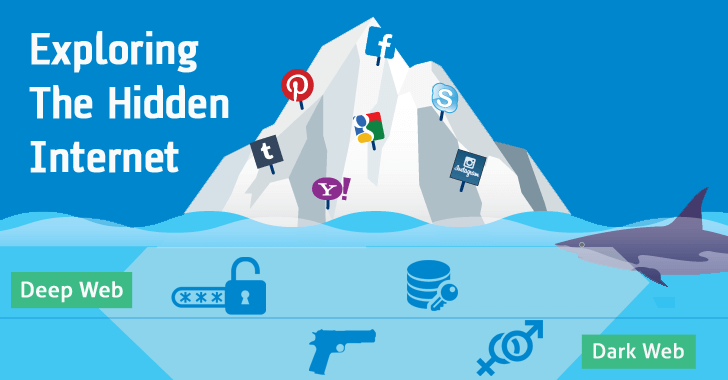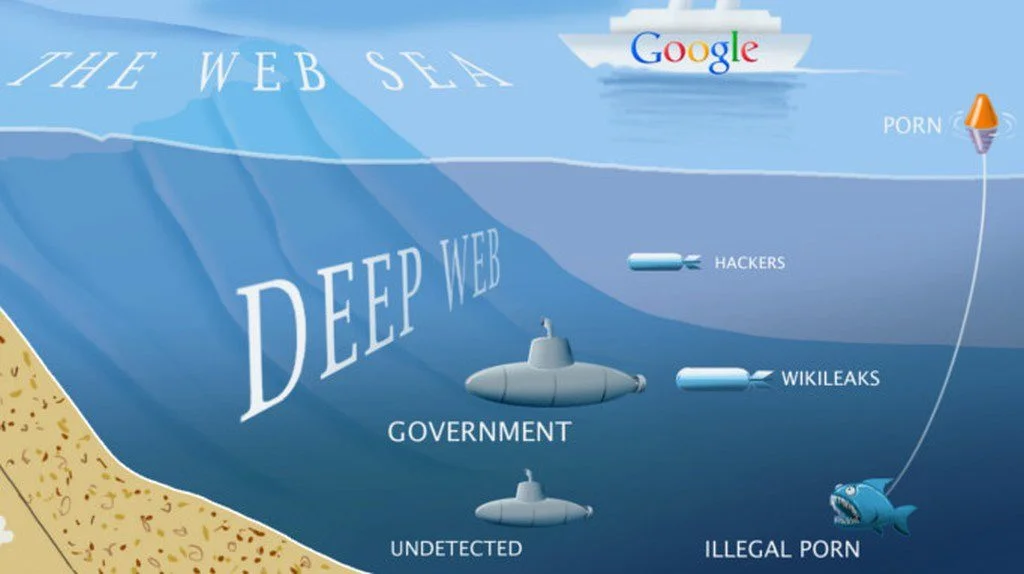You would have heard about this mysterious place on the Internet called the ‘ Deep Web ’. Interest in the deep web and dark web has been on the rise following a few high-profile data leaks and a growing interest in online privacy.
But what is exactly the deep web? Well it’s not actually a ‘place’ but rather anywhere other than the visible web that is crawled, indexed and accessed through links fetched by search engines like Google.
The deep web is actually several times bigger than the indexed web, and it encompasses a lot more than the illegal or otherwise questionable activities that it is often associated with — though there’s certainly a lot of that going on, too.
The Surface Web is anything that can be indexed by a typical search engine like Google, Bing or Yahoo. Google has a great interactive story explaining how they index and search the web in-depth.
Continuing with our definitions, we’ve learned that the Surface Web is anything that a search engine can access and the Deep Web is anything that a search engine can’t access. The Dark Web then is classified as a small portion of the Deep Web that has been intentionally hidden and is inaccessible through standard web browsers.
Accessing the Dark Web
The most famous content that resides on the Dark Web is found in the TOR network. The TOR network is an anonymous network that can only be accessed with a special web browser, called the TOR browser. This is the portion of the Internet most widely known for illicit activities because of the anonymity associated with the TOR network.
This anonymous network consists of thousands of servers located all over the world run by volunteers and online privacy advocates. Its name is an acronym for ‘The Onion Router’ in reference to its namesake routing technique, which creates a path through randomly assigned Tor servers, or nodes, before reaching whatever website you are visiting. During this process data packets are wrapped in successive layers of packets that get “peeled off” at each node until reaching the destination.
Here is a more technical explanation, but in concise terms, the result is that no one node knows the complete path between your computer and a website, only the last place the packet was, and the next place it will be. This makes it almost impossible for anyone to trace the traffic back to you.
Source : DigitalTrend , Bright Planet
Kindly support us by sharing this article with your friends on social media. Thank you :)…











